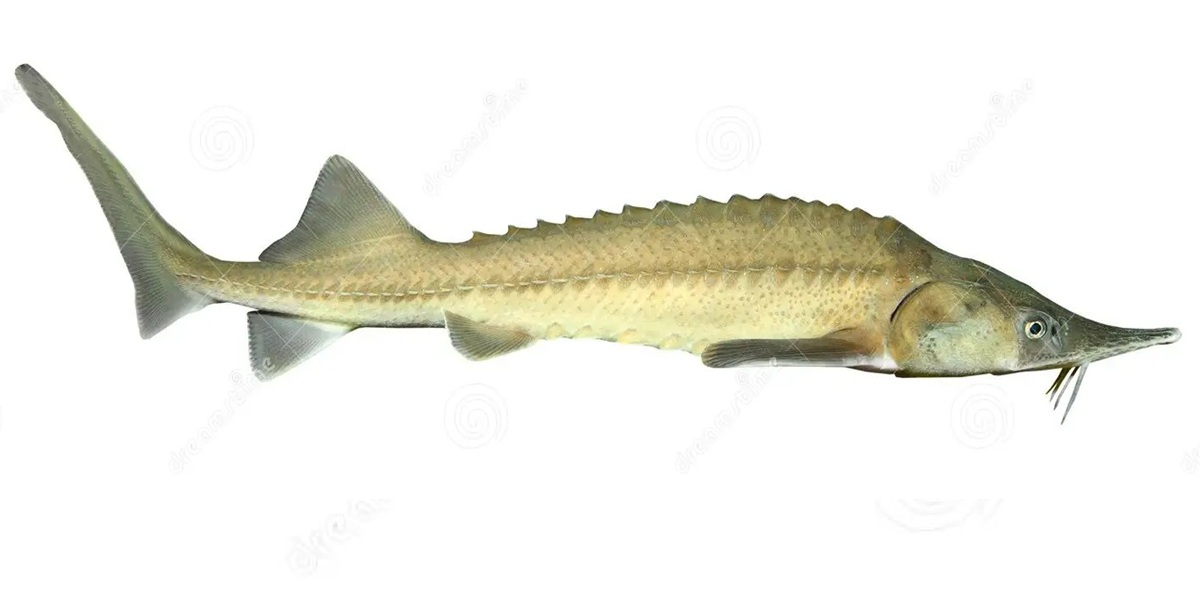Caviar is more than just a luxurious delicacy—it’s a symbol of sophistication, history, and culinary excellence. Sourced from the roe of sturgeon fish, this exquisite ingredient has been prized for centuries, not just for its refined taste but also for its remarkable nutritional properties. From the buttery richness of Beluga to the nutty, complex notes of Osetra, every variety offers a unique sensory experience.
But caviar isn’t just about taste. This gourmet treasure is packed with omega-3 fatty acids, essential vitamins, and powerful antioxidants that contribute to overall well-being. Whether you are a seasoned connoisseur or new to the world of caviar, understanding its different types, characteristics, and benefits will elevate your appreciation for this rare delicacy.
In this guide, we will explore the most sought-after caviar varieties, uncover their distinctive flavors and textures, and highlight their scientific benefits. If you want to truly experience caviar like an expert, keep reading to discover the secrets behind one of the world’s most revered gourmet ingredients.
Beluga Caviar: The King of All Caviars
Beluga Caviar is one of the rarest and most coveted types in the world. It comes from the Beluga sturgeon (Huso huso), a fish that can grow for decades before producing eggs. This long maturation process results in large, delicate pearls with a silky texture and an unparalleled buttery taste. The color ranges from silvery gray to deep black, often indicating the age of the fish.
One of the most striking features of Beluga caviar is its incredibly smooth, almost creamy consistency, which melts on the tongue, leaving a rich, lingering aftertaste. Unlike other caviars, Beluga has a subtle brininess, making it a favorite among purists.
From a nutritional standpoint, Beluga caviar is rich in omega-3 fatty acids, which support heart health, cognitive function, and skin rejuvenation. It also contains essential minerals like selenium and phosphorus, which play a key role in immune function and energy production. The presence of vitamin B12 makes it an excellent choice for those looking to boost red blood cell production and neurological health.
This premium delicacy is best enjoyed on its own, with a traditional mother-of-pearl spoon to preserve its delicate flavor. It pairs beautifully with chilled vodka or dry champagne, enhancing its creamy notes without overpowering its delicate profile.
Osetra Caviar: A Nutty and Complex Treasure
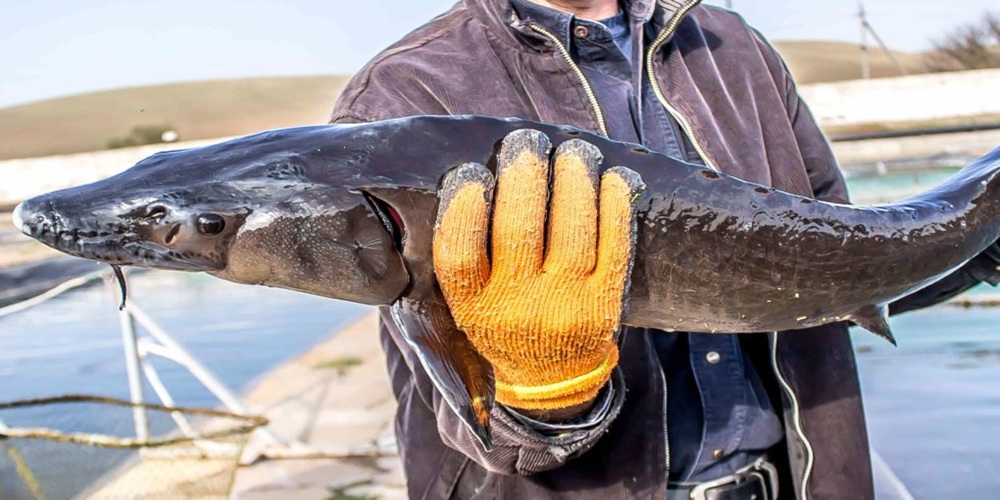
Osetra caviar, sourced from the Russian sturgeon (Acipenser gueldenstaedtii), is renowned for its golden to dark brown pearls and its rich, nutty undertones. Unlike Beluga, which is known for its buttery smoothness, Osetra offers a more robust, complex flavor, making it a favorite among chefs and food enthusiasts.
Why Is Iranian Caviar the Best in the World?
Iranian Osetra caviar is considered one of the finest globally due to the pristine waters of the Caspian Sea and traditional harvesting techniques. The unique flavor profile and sustainable practices contribute to its superior quality, making Iranian Osetra caviar a top choice for discerning palates.
Each pearl of Osetra caviar has a firm yet delicate texture, bursting with earthy, slightly fruity notes upon tasting. The flavors often develop differently based on the fish’s diet and environment, making each batch of Osetra unique.
From a health perspective, Osetra is loaded with omega-3 fatty acids, which contribute to anti-inflammatory benefits, cardiovascular support, and improved brain function. It is also a great source of vitamin D, crucial for bone health and immune system regulation. The high protein content makes it an excellent option for muscle repair and overall vitality.
Traditionally, Osetra caviar is served on blinis with crème fraîche or enjoyed straight from the tin. Pairing it with a light, crisp white wine brings out its natural nuttiness, offering an unforgettable gastronomic experience.
Sevruga Caviar: The Bold and Intense Choice
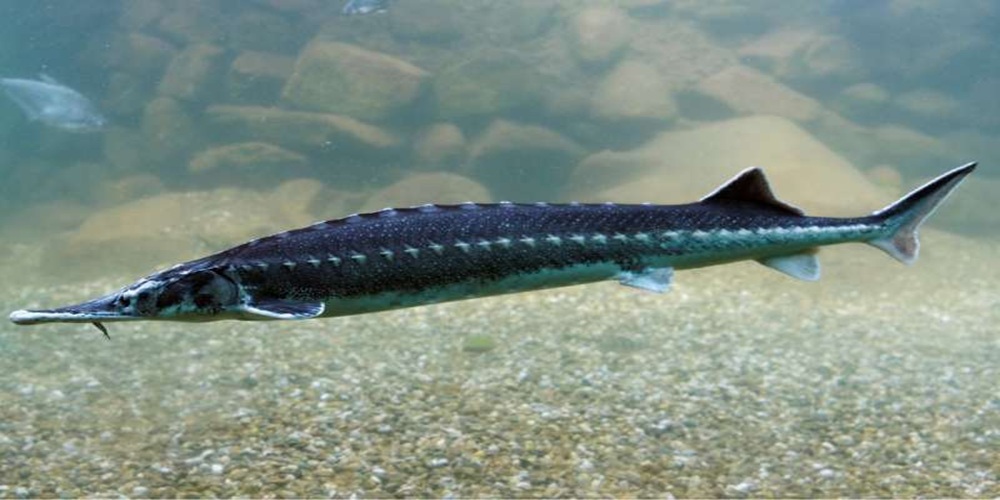
Sevruga caviar, harvested from the Sevruga sturgeon (Acipenser stellatus), is one of the most flavorful caviars available. It is known for its small, delicate pearls and its intense, briny taste. Unlike the milder Beluga and Osetra, Sevruga delivers a sharp, oceanic burst of flavor, making it ideal for those who enjoy a more pronounced, salty experience.
How to Identify High-Quality Caviar?
To identify high-quality Sevruga caviar, look for firm, glossy pearls and a balanced briny flavor. The texture should be firm, but the pearls should not break easily. The best Sevruga will offer a clean, oceanic flavor that’s not overly salty or overpowering.
The firm texture of Sevruga caviar allows it to hold its shape well, making it a preferred choice for gourmet appetizers and canapés. Its distinctive gray to dark silver hue adds to its visual appeal, making it a stunning addition to any fine dining table.
Nutritionally, Sevruga caviar is packed with essential fatty acids, proteins, and micronutrients that support cell regeneration, cognitive health, and cardiovascular function. It is an excellent source of iodine and zinc, crucial for thyroid health and immune support.
To fully enjoy Sevruga’s bold profile, it is best paired with neutral accompaniments like lightly buttered toast points or boiled quail eggs. A dry white wine or classic Russian vodka enhances its salty richness, providing a well-rounded tasting experience.
Kaluga Caviar: A Sustainable Alternative to Beluga
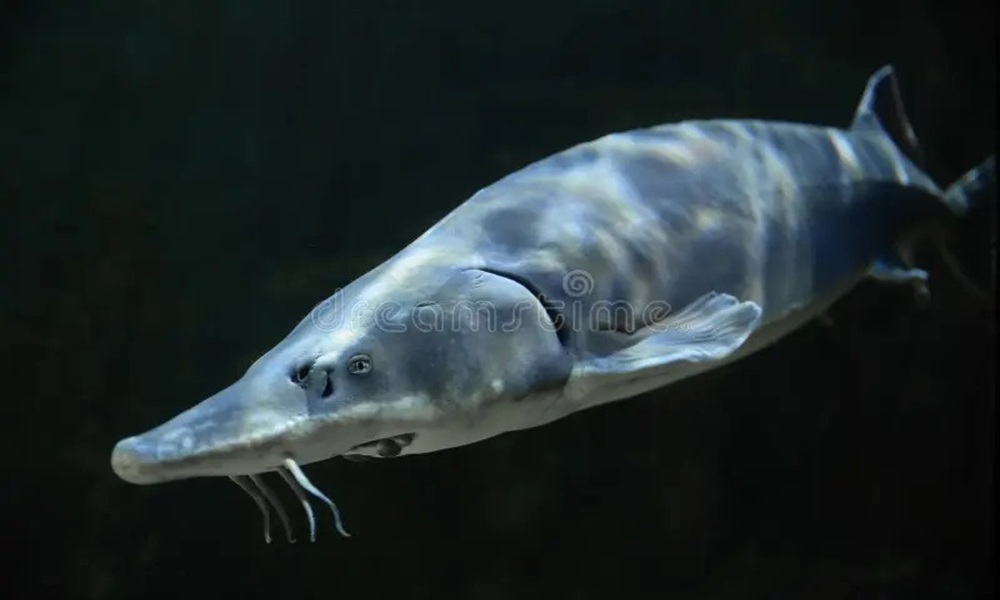
Kaluga caviar, often referred to as “River Beluga,” is derived from the Kaluga sturgeon (Huso dauricus), a freshwater species closely related to the Beluga. It is celebrated for its large, firm pearls and buttery, smooth taste, making it one of the finest alternatives to the increasingly rare Beluga caviar.
The Health Benefits of Caviar: More Than Just a Luxury Food
Kaluga caviar is not only a luxury delicacy but also a nutritional powerhouse. It’s rich in omega-3 fatty acids, which support heart health, reduce inflammation, and enhance cognitive function. The healthy fats in Kaluga caviar also promote glowing skin and strong hair, providing beauty benefits from the inside out.
The flavor profile of Kaluga caviar is remarkably similar to that of Beluga, offering a mild, creamy texture with subtle nutty undertones. Its deep brown to golden hues make it visually striking, adding to its luxurious appeal.
In terms of health benefits, Kaluga caviar is an excellent source of omega-3s, known for reducing inflammation, enhancing cognitive function, and promoting skin elasticity. It also contains iron and magnesium, essential for energy production and muscle function.
Kaluga caviar is best served with a touch of lemon juice or on crispy blinis, allowing its delicate flavors to shine. Pairing it with sparkling wines or smooth sake creates a balanced and elegant culinary experience.
Sterlet Caviar: A Delicacy Once Reserved for Royalty
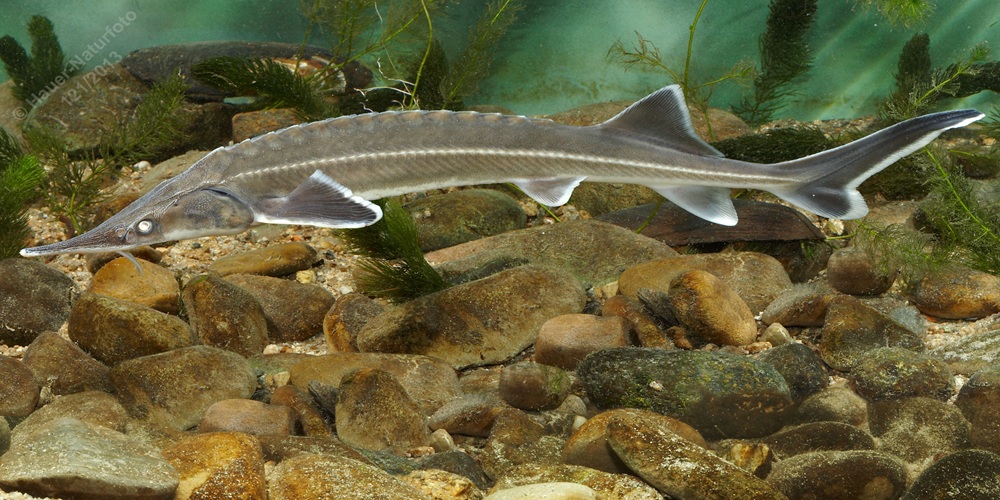
Sterlet caviar, sourced from the Sterlet sturgeon (Acipenser ruthenus), was once the preferred choice of Russian czars and Persian emperors. Although smaller than other sturgeon varieties, Sterlet produces tiny, glistening pearls with an intensely refined, buttery flavor.
The taste of Sterlet caviar is often described as a perfect blend of brininess and creaminess, making it highly versatile in gourmet cuisine. Its color ranges from light silver-gray to deep charcoal, depending on the fish’s diet and age.
Sterlet caviar is particularly rich in phospholipids, which contribute to cellular health and cognitive enhancement. It is also a powerful source of omega-3s and antioxidants, making it a highly nutritious delicacy.
This exquisite caviar pairs wonderfully with light champagne or chilled vodka, enhancing its creamy profile. It can be served traditionally with toast points or alongside soft cheeses for a luxurious appetizer experience.
Siberian Caviar: The Perfect Balance of Flavor and Texture
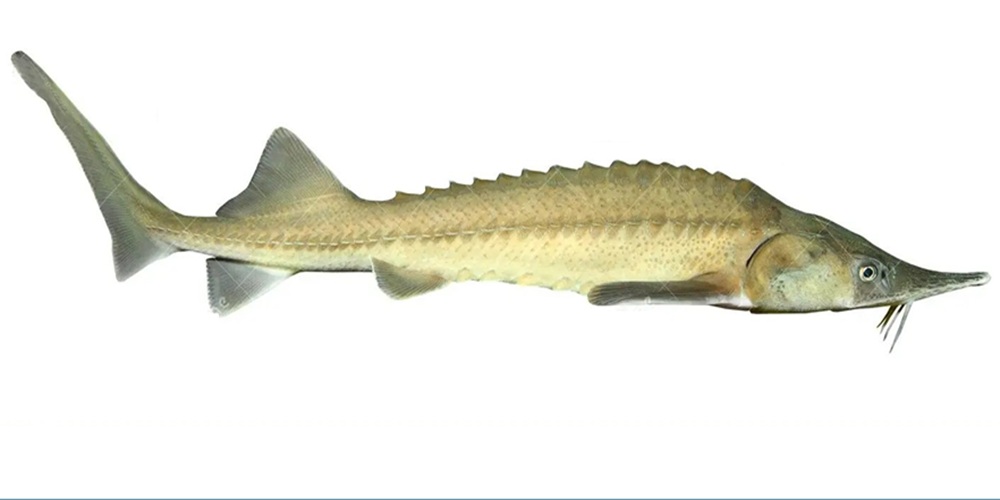
Siberian caviar, harvested from the Siberian sturgeon (Acipenser baerii), is known for its smooth texture and well-balanced flavor profile. It is one of the most widely farmed caviar varieties due to the Siberian sturgeon’s faster growth rate, making it more accessible while maintaining excellent quality.
The pearls of Siberian caviar are medium-sized, with colors ranging from dark gray to jet black. The texture is firm yet delicate, providing a pleasant pop upon tasting. The flavor is mildly briny with subtle nutty and earthy undertones, making it an excellent choice for those new to caviar. Unlike the bold saltiness of Sevruga or the creamy richness of Beluga, Siberian caviar offers a balanced and versatile taste that pairs well with various dishes.
In addition to its gourmet appeal, Siberian caviar is packed with essential nutrients, including omega-3 fatty acids, vitamin A, and minerals like magnesium and zinc. These nutrients contribute to brain health, heart function, and immune support. Due to its sustainability and widespread availability, it has become a popular choice among chefs and caviar enthusiasts alike.
Siberian caviar is best enjoyed with light accompaniments such as blinis, crème fraîche, or soft cheeses. It pairs exceptionally well with dry white wines, sparkling wines, or smooth vodka, enhancing its refined and balanced character.
American Caviar: A Rising Star in the Culinary World
While traditional caviar often comes from European and Russian sturgeon species, American caviar is gaining recognition as a high-quality and sustainable alternative. Sourced from native sturgeon species such as the White Sturgeon (Acipenser transmontanus) and Hackleback Sturgeon (Scaphirhynchus platorynchus), American caviar offers distinct flavors and textures that rival traditional varieties.
The White Sturgeon caviar is particularly notable for its large, glossy pearls and a smooth, creamy texture similar to Osetra. It has a mild, buttery taste with hints of the ocean, making it a favorite among fine dining establishments. Meanwhile, Hackleback caviar is known for its smaller, firmer pearls and a bold, earthy, and slightly nutty flavor, appealing to those who enjoy a more pronounced taste.
American caviar is not only delicious but also a nutritional powerhouse. It is rich in protein, essential fatty acids, and antioxidants, which support skin health, cardiovascular function, and cognitive performance. Due to sustainable farming practices, American caviar is becoming an eco-conscious choice for gourmet food lovers.
This caviar pairs beautifully with classic accompaniments like toast points, crème fraîche, and mild herbs. For a traditional experience, enjoy it with chilled vodka or a crisp glass of champagne, allowing its flavors to shine.
Paddlefish Caviar: A Unique and Sustainable Choice
Paddlefish caviar, derived from the American Paddlefish (Polyodon spathula), is a unique and highly sustainable alternative to traditional sturgeon caviar. Although paddlefish are not technically sturgeon, their roe shares many characteristics with Sevruga caviar, making it a popular option among caviar enthusiasts.
The pearls of Paddlefish caviar are small to medium in size, with colors ranging from light gray to dark steel. Its texture is smooth and velvety, offering a mildly briny and slightly buttery flavor. Compared to sturgeon caviar, Paddlefish caviar has a cleaner, less fishy aftertaste, making it appealing to those new to caviar tasting.
Aside from its delightful taste, Paddlefish caviar is nutrient-dense, containing high levels of omega-3 fatty acids, vitamin E, and selenium. These components support anti-inflammatory responses, cardiovascular health, and cognitive function. Additionally, due to sustainable harvesting practices, Paddlefish caviar is an eco-friendly alternative that does not contribute to the overfishing of sturgeon populations.
Paddlefish caviar pairs well with light crackers, fresh herbs, and soft cheeses. It is best enjoyed with dry sparkling wines or smooth spirits, allowing its delicate flavors to shine without overpowering the palate.
Trout Caviar: A Bright and Flavorful Alternative
Trout caviar, sourced from Rainbow Trout (Oncorhynchus mykiss), is a vibrant and flavorful option that stands out due to its bright orange-red pearls and bursting, juicy texture. Unlike sturgeon caviar, which is known for its delicate, subtle flavors, trout caviar has a bold, slightly smoky, and pleasantly salty taste, making it a great option for those who enjoy stronger seafood flavors.
The pearls of trout caviar are medium-sized, firm, and have a noticeable pop, releasing an intense umami flavor upon tasting. It is widely used in gourmet dishes, sushi, and fine dining platters due to its eye-catching color and refreshing taste.
Beyond its culinary appeal, trout caviar is exceptionally rich in omega-3 fatty acids, vitamin D, and antioxidants, which promote skin health, brain function, and immune system strength. It is a great source of high-quality protein, making it an excellent addition to a balanced diet.
Trout caviar pairs well with light seafood dishes, crème fraîche, and fresh herbs. It is commonly enjoyed with dry white wines, light champagnes, or crisp sake, enhancing its fresh and vibrant profile.
Salmon Caviar: The Classic and Nutrient-Rich Favorite
Salmon caviar, also known as Red Caviar, is one of the most recognizable and widely consumed fish roes in the world. Harvested from wild and farmed salmon species, it is known for its large, translucent, bright orange pearls that provide a satisfying burst of briny, umami-rich flavor.
Compared to traditional sturgeon caviar, salmon caviar has a bolder, richer, and slightly sweeter taste, making it a popular choice for various cuisines, from Japanese sushi to Russian blinis. Its firm yet delicate texture releases a burst of natural oceanic flavor with every bite, making it an excellent addition to gourmet dishes.
Salmon caviar is not only delicious but also an exceptional source of nutrition. It is packed with omega-3 fatty acids, known for reducing inflammation, improving heart health, and supporting cognitive function. It is also rich in vitamin B12, vitamin D, and essential amino acids, making it one of the most nutrient-dense seafood options available.
This caviar is commonly served on sushi, toast points, or paired with creamy spreads. It complements dry white wines, sake, and light beers, creating a well-rounded and enjoyable tasting experience.
Discover the Art of Caviar Appreciation
Caviar is more than a culinary indulgence; it is an experience of texture, taste, and history. From the rich creaminess of Beluga to the intense, briny pop of Sevruga, each variety offers a unique journey of flavors. Beyond its exquisite taste, caviar is a nutrient powerhouse, providing essential vitamins, minerals, and healthy fats.
Exploring different caviar types allows you to discover new nuances, pairings, and traditions. Whether you prefer the smooth buttery texture of Kaluga, the nutty depth of Osetra, or the boldness of Sevruga, there is a perfect caviar for every palate.
Indulge in the art of caviar tasting, experiment with new pairings, and enjoy one of the world’s most cherished delicacies.

